Mariana Castillo Deball
Walking through the town I followed a pattern on the pavement that became the magnified silhouette of a woman's profile
Marianna Castillo Deball has created new work commissioned for Waterfronts, in partnership with Towner Easbourne, which is presented from May to November 2021.
The artwork draws on both the ancient and more recent geological and social history of Eastbourne and the surrounding area, creating, Castillo Deball explains, “a work that can be experienced as an image, a walking path, or a narrative.”
Her starting points were two nearby archaeological finds: the ‘Beachy Head Woman’, an ancient female skeleton dating to the Roman period who is thought to have originated from sub-Saharan Africa; and the body of a young ‘Frankish woman’ excavated at St Anne’s, Eastbourne, in the late 90s along with a number of funerary objects dating back to the Iron and Bronze ages.
The commission constructs a narrative in three parts around this young Frankish woman, mixing archaeological fact with fiction to create a layered mythology. Along the streets of Eastbourne pedestrians will discover a chalk stencilled rope demarcating a jagged, unexpected route through the town that, when viewed from above or via a map, delineates the work’s eponymous profile of a woman. Along the route several sculptural objects are embedded in the fabric of the street, each relating to the objects the woman was buried with. The locations for the objects are shown on the map as a loop in the rope.
A third part of the work is located just outside of the town on the edge of the Beachy Head Down in an area called Whitbread Hollow. It is a new geoglyph painted in chalk in the shape of a giant hairpin, the most magnificent of the found funerary objects.
In contrast to the nearby Celtic hill figure, ‘The Long Man of Wilmington’ cut into the chalk a few miles northwest of the town, Castillo Deball’s geoglyph will disappear over time. “It’s an opportunity to do something that appears monumental but at the same time is very simple,” the artist states. “It’s a drawing on a scale that I never imagined I’d be able to do, but which at the same time is not invasive and is made out of materials that will fade back into the environment.”
About the artist
Mariana Castillo Deball (Born 1975 Mexico City) takes a kaleidoscopic approach to her practice, mediating between science, archaeology, and the visual arts and exploring the way in which these disciplines describe the world. Her installations, performances, sculptures, and editorial projects arise from the recombination of different languages that seek to understand the role objects play in our identity and history. Her works result from a long research process, allowing her to study the different ways in which a historical object can be read as it presents a version of reality that informs and blends into a polyphonic panorama. Seeking to initiate a dialogue with institutions and museums beyond contemporary art, she collaborates with ethnographic collections, libraries, and historical archives. She often produces multiples —books or objects with different uses and formats— to explore how they might generate new territories. Weaving her way through the fields of anthropology, philosophy, and literature, Castillo Deball draws inspiration from a wide range of sources as she engages in the exchange of knowledge as a transforming process for everyone involved.
Mariana Castillo Deball earned a BFA from the Universidad Nacional Autónoma de México in 1997. In 2003, she completed a postgraduate program at Jan van Eyck Academie in the Netherlands. Deball has been awarded with the Prix de Rome (2004), Zurich Art Prize (2012), a fellowship at the Henry Moore Institute (2012), and the Preis der Nationalgalerie für junge Kunst (2013). She was an artist in residency at the Berliner Künstlerprogramm in Deutscher Akademischer Austauschdienst (DAAD) in 2011.
Mariana Castillo Deball lives and works in Berlin.
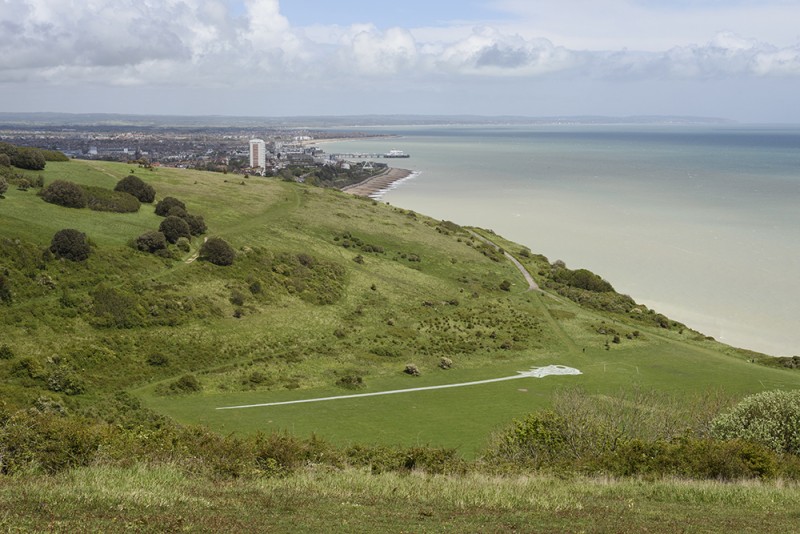
Photo: Thierry Bal
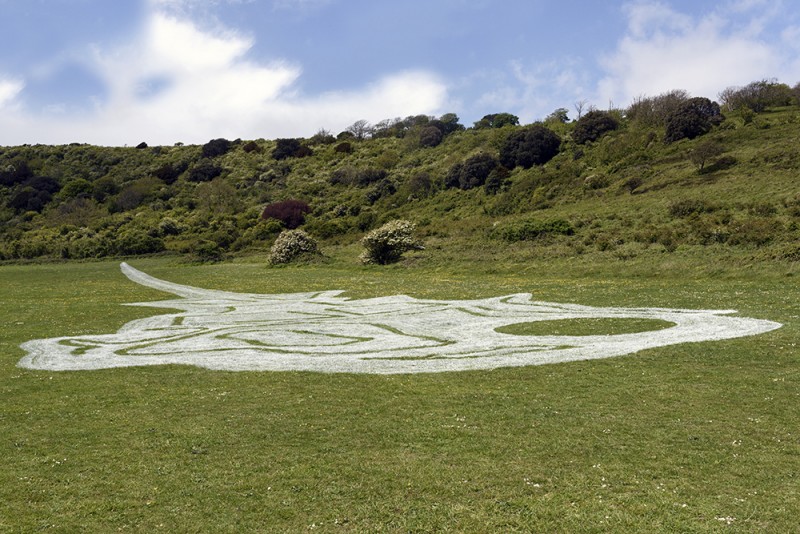
Photo: Thierry Bal
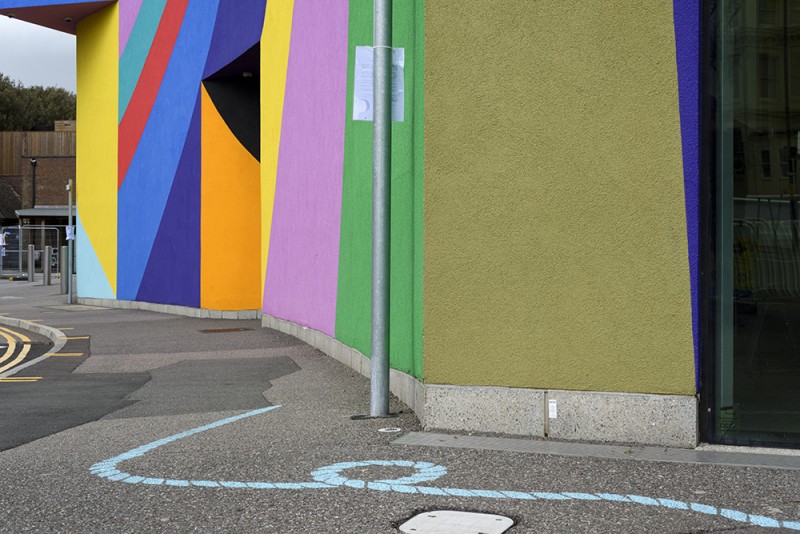
Blue rope drawing
Photo: Thierry Bal
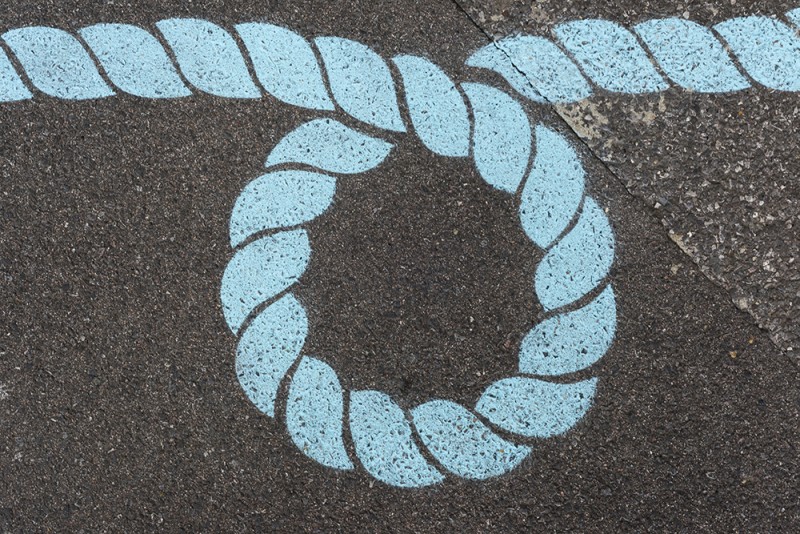
Blue rope drawing
Photo: Thierry Bal

relief
Photo: Thierry Bal
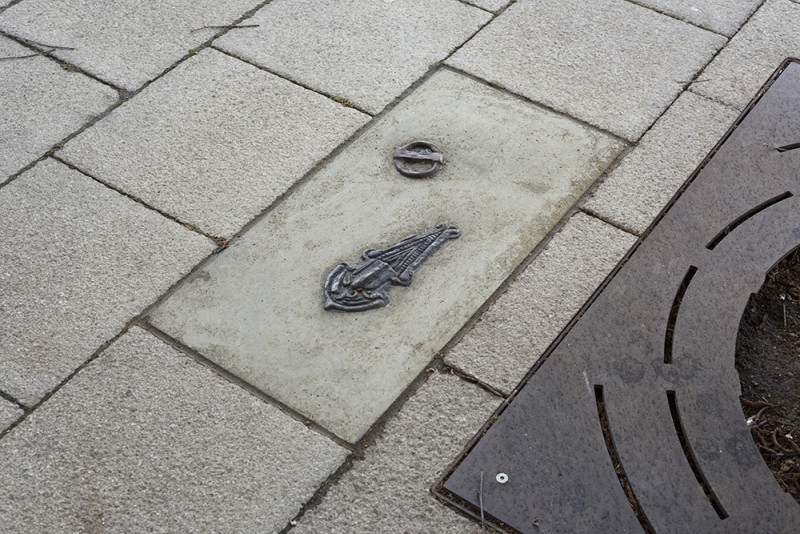
relief
Photo: Thierry Bal
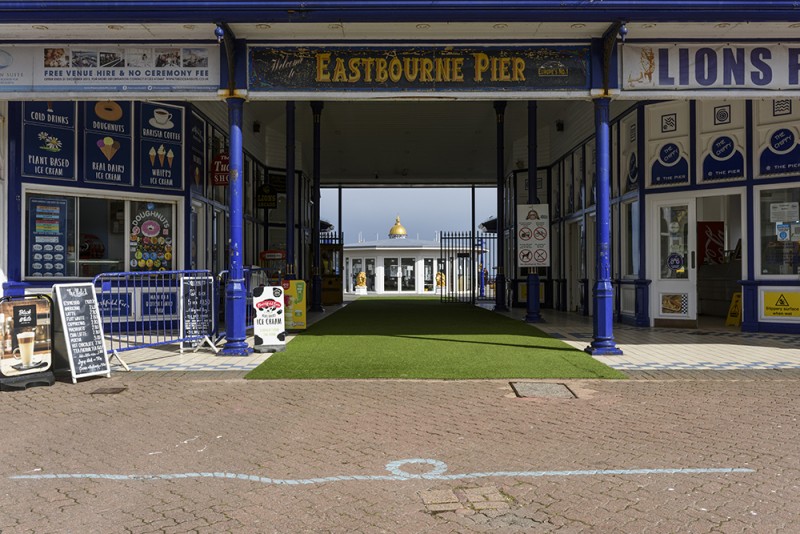
Blue rope drawing
Photo: Thierry Bal
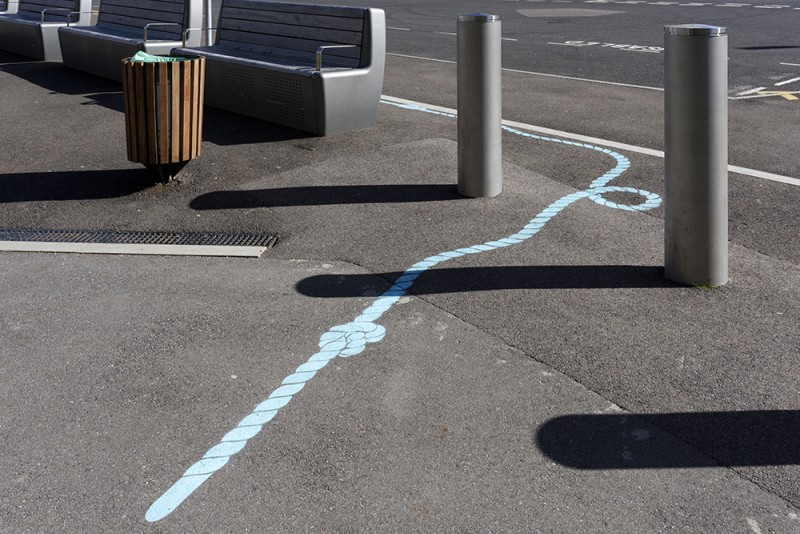
Blue rope drawing
Photo: Thierry Bal
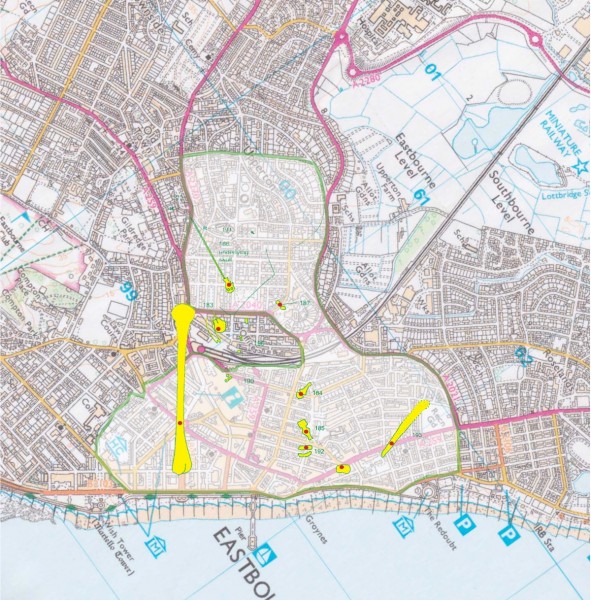
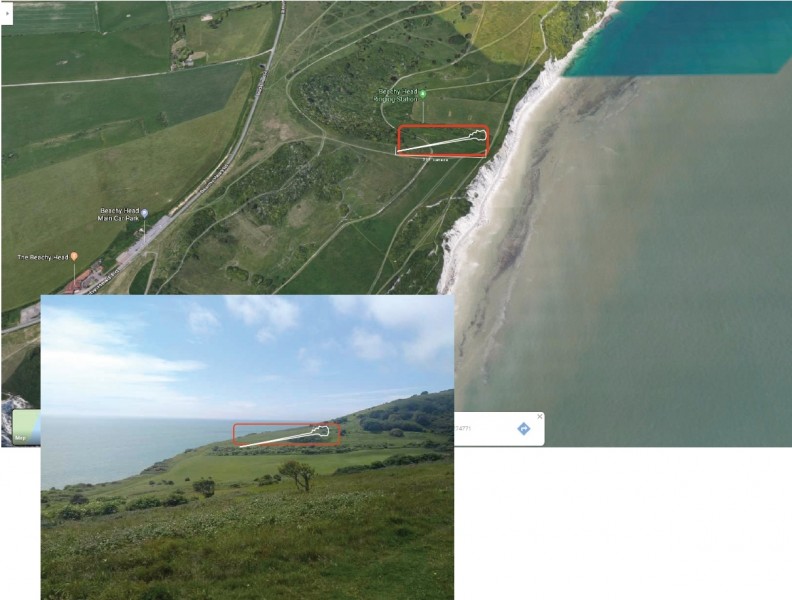
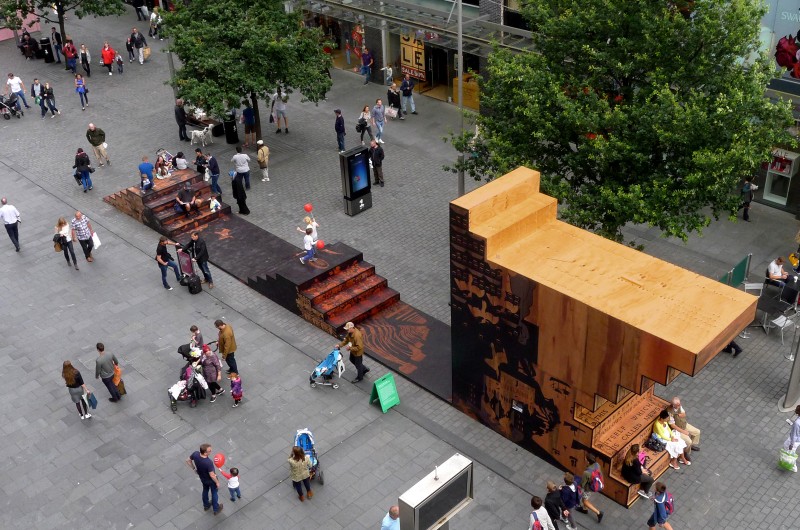
Today 2016
Liverpool Biennial
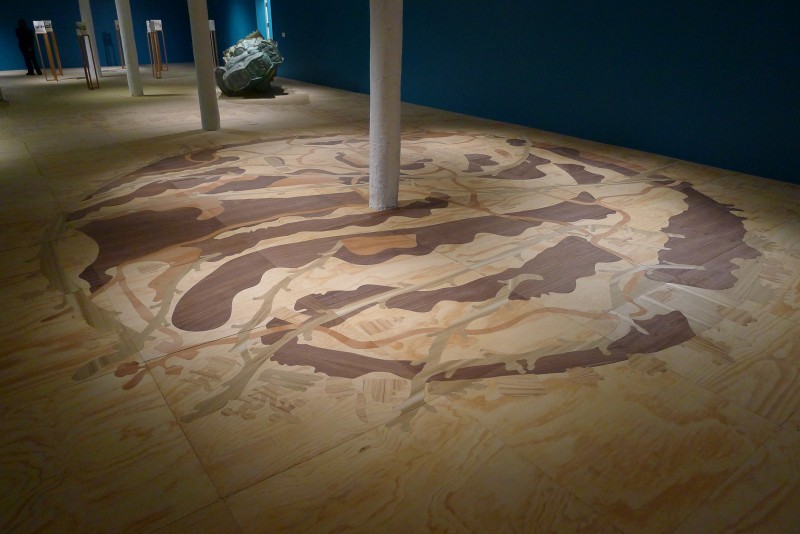
Finding Oneself Outside 2019
New Museum
